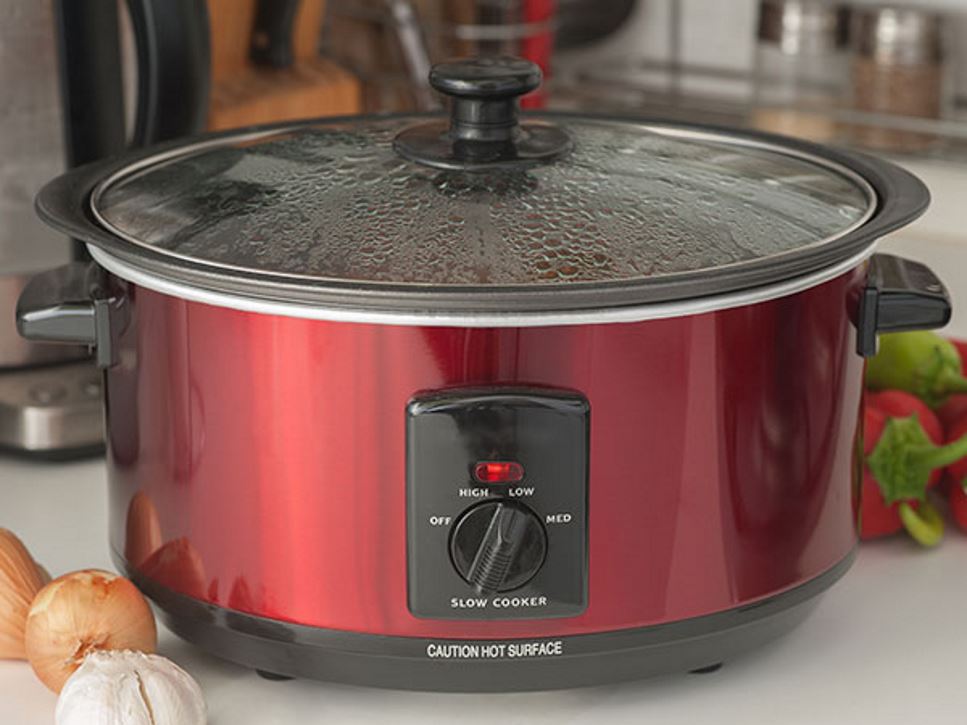Slow cookers are a convenient way to whip up a delicious dish with minimal effort. Just throw all the ingredients in the pot, turn it on, head to work, come home and dinner is ready to be served. But that's not all you can do with a slow cooker. It is perfect for making overnight oatmeal, a dip or even a stew. This is a dream come true for any multitasker, but if you neglect food safety rules, that dream could quickly turn into a nightmare.
Follow these 10 tips to help ensure any dish you slow cook is safe to eat:
- Start with a clean space. Make sure the slow cooker, utensils and work area are clean. And don't forget to wash your hands before preparing any food.
- Keep perishable foods refrigerated as long as possible. Bacteria multiply rapidly when at room temperature. To avoid this, keep your food refrigerated until it's time to add it to the pot.
- Prepare meat and vegetables separately. If you prep your meat and vegetables beforehand, use separate cutting boards and store these foods separately in your fridge to avoid cross-contamination.
- Always defrost meat or poultry before putting it in the slow cooker. Defrosting will ensure your food cooks all the way through to its safe internal temperature. Defrost frozen foods in the refrigerator, in the microwave or submerged in cold water — never at room temperature.
- Pay attention to temperature. It is important to make sure your slow cooker reaches a bacteria-killing temperature. If you’re able, try starting your slow cooker on the highest setting for the first hour and then switch it to low for longer cooking. However, it is still safe to cook foods on low the entire time — for example, if you are leaving for work. Just make sure your food reaches the proper internal temperature (see tip 9 below).
- Make sure foods fit. The slow cooker should be half to two-thirds full to ensure your food cooks thoroughly. Don't overstuff it!
- Cut up meats. Large chunks of meat may take too long to cook all the way through. Cut meat into smaller pieces before adding it to a slow cooker.
- Keep the lid on. It is important to retain heat when making a slow-cooker meal, so avoid taking off the lid. Only remove the lid to stir or check for doneness.
- Use a food thermometer. The only way to know for sure that your food is ready to eat is with a food thermometer. Use a food thermometer to ensure the food has reached the proper internal temperature.
- Store leftovers in shallow containers and refrigerate within two hours. One of the best parts of your slow-cooked meal is the leftovers. But make sure you are storing them safely and eating them in a timely manner to reduce your risk of food poisoning. Store leftovers in shallow containers and refrigerate within two hours of removing from the pot.
References
Find a Nutrition Expert
Looking for credible nutrition information and recommendations? The Academy of Nutrition and Dietetics' network of credentialed food and nutrition practitioners are ready to help!

